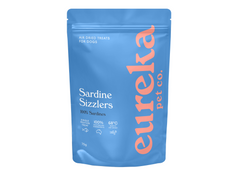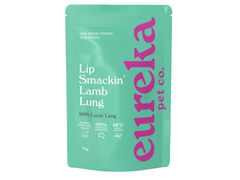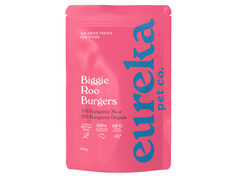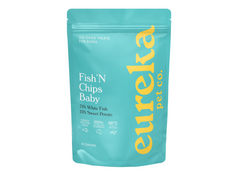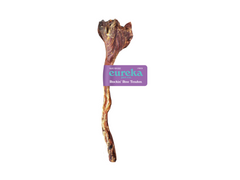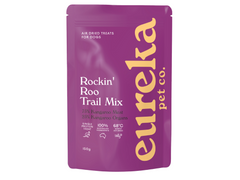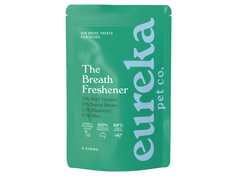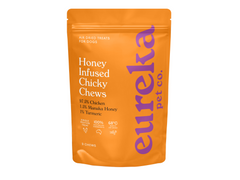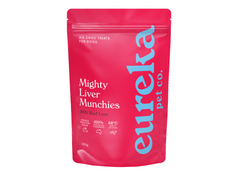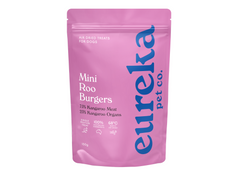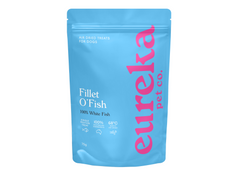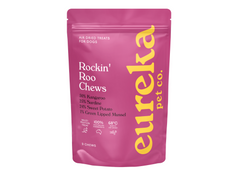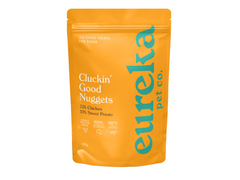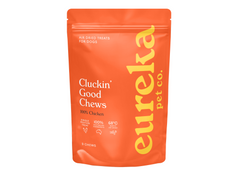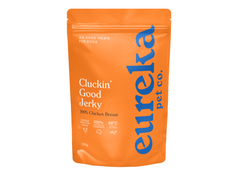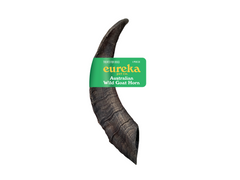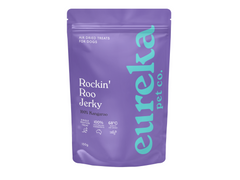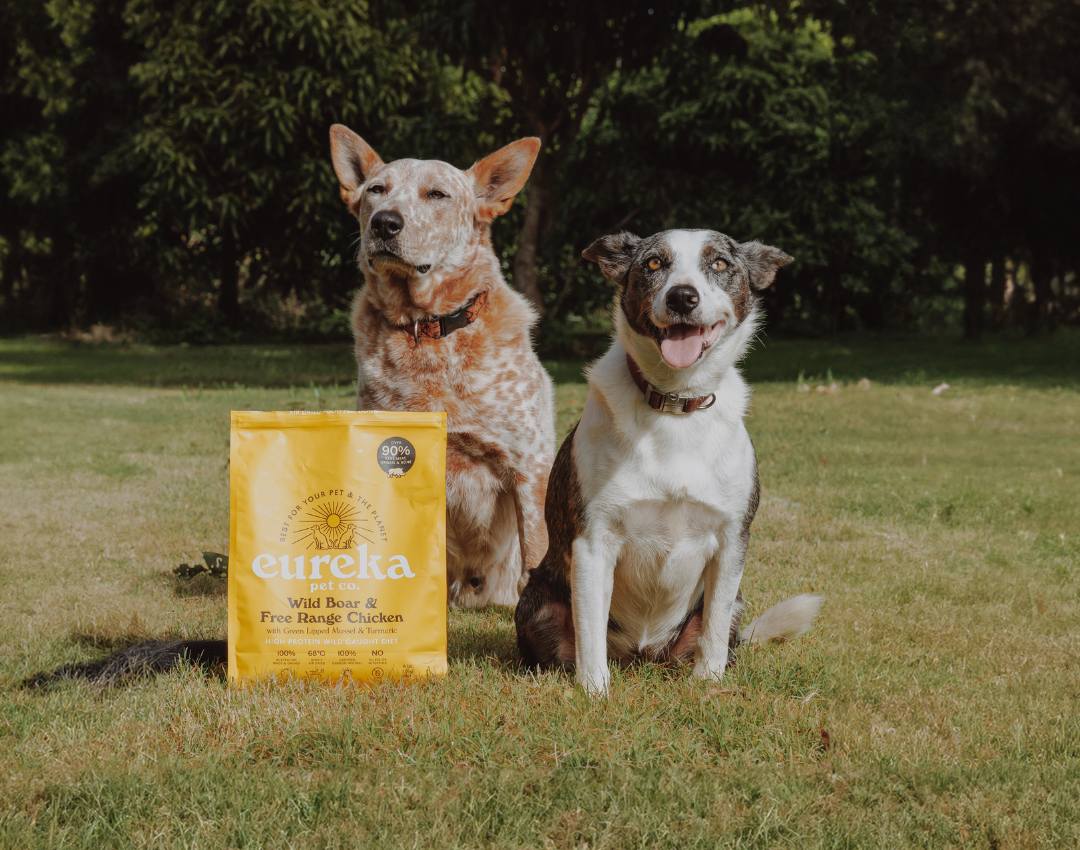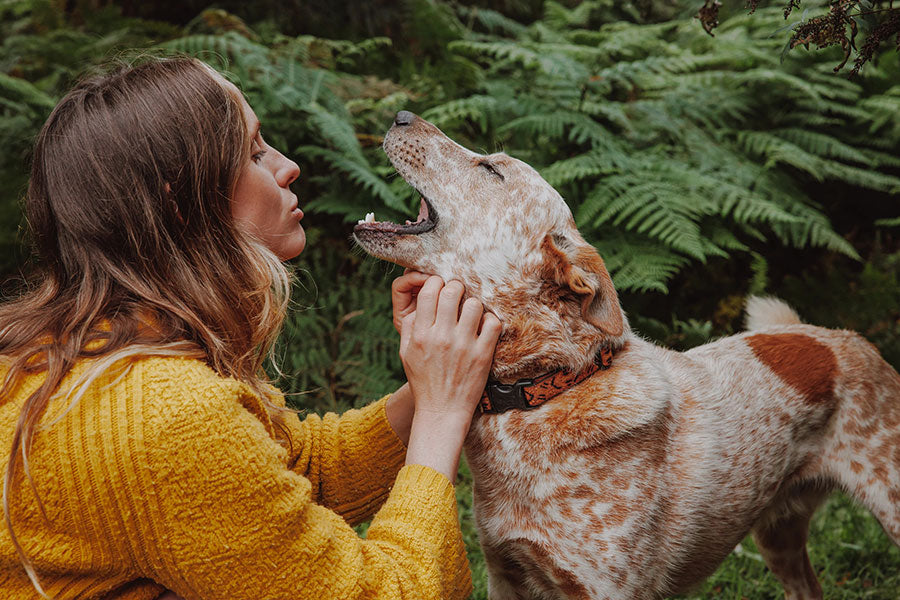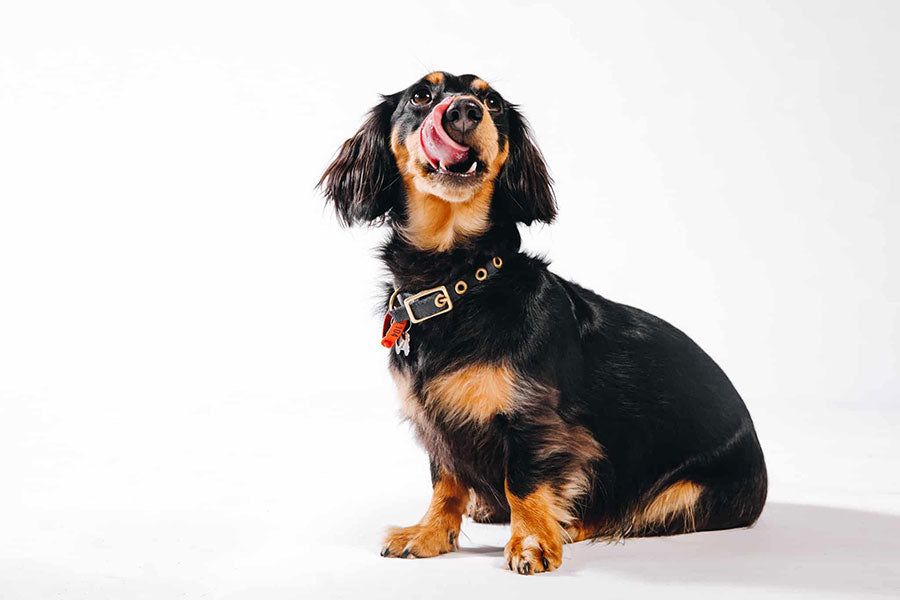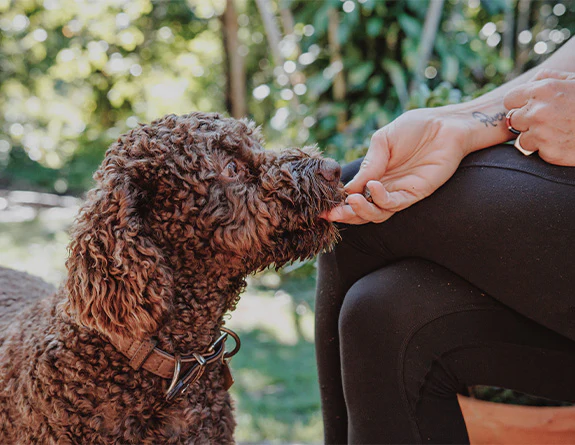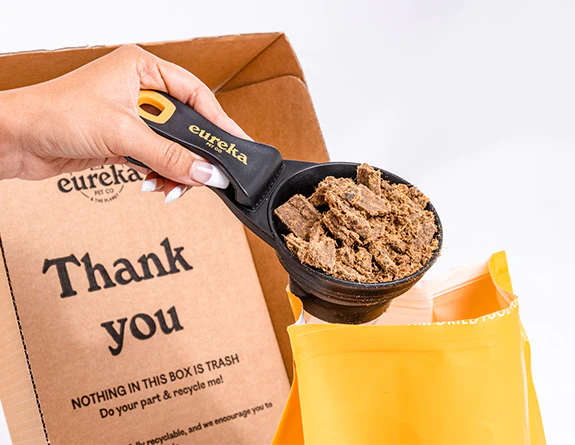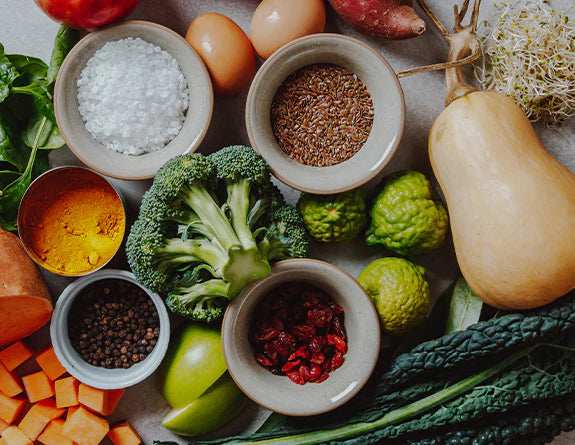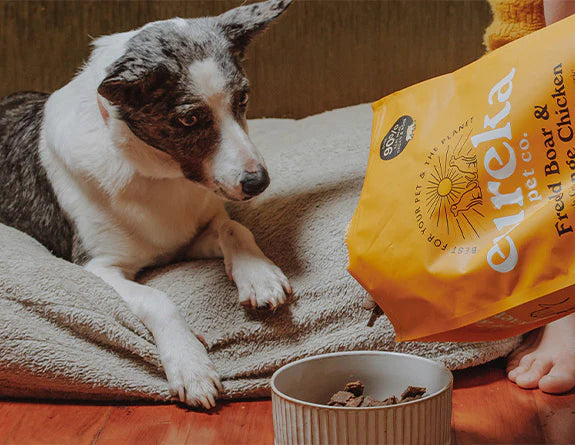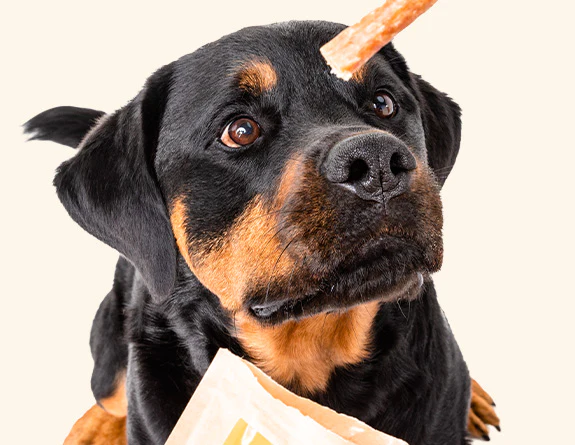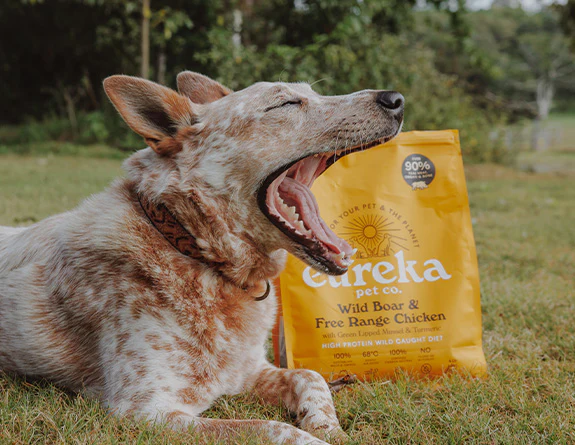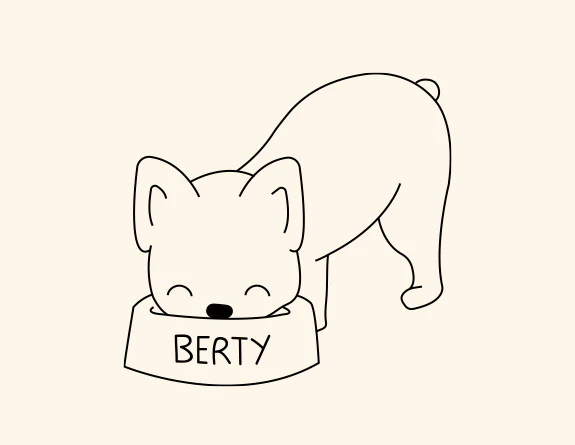What Should I Feed My Dog? Demystifying Dog Food Types

From kibble to raw, grain-free to air-dried, there’s a lot to consider when it comes to feeding your dog. We compare the different types of dog food to help you make an informed decision.
If you’re a dog owner, you know how important it is to give your pup the best nutrition possible. After all, rubbish in just means rubbish out, and nobody likes cleaning up doggy diahorrea!
But with so many options on the market, it can be difficult to know which type of dog food to choose. From kibble to raw, grain-free to air-dried, there’s a lot to consider when it comes to feeding your furry friend. Let’s compare the different types of dog food to help you make an informed decision!
Kibble
Kibble was invented in the 1860s by James Spratt, an American entrepreneur who wanted to create a more convenient and economical food for dogs. Today’s kibble is made by combining meat, cereals, fat, legumes and vegetables in a pressurised process, which is then “kibbled” or extruded and cooked at incredibly high temperatures up to 200 degrees celsius. This process kills pathogens, makes kibble virtually indestructible and extremely shelf-stable, but also destroys much of the nutritional value of the base ingredients (which is why kibble is often fortified with synthetic vitamins and minerals). The end product is also incredibly low moisture, which can increase the risk of dehydration and bacteria build up.
Dogs are carnivores, and as such, their diets should be mainly protein-based. Unfortunately, kibble is by far the highest carbohydrate, lowest protein dog food option available. On the back of the pack, you may notice that even the most premium kibble recipes have carbohydrate levels of over 50% and protein as low as 30% are fairly common. Kibble ingredients can also be of low quality, including GMO crops and foods deemed unsafe for human consumption. Recent studies also suggest dogs on a kibble based diet can have higher levels of metabolic stress and systemic inflammation.
Kibble is usually coated with fat and other additives in order to make it more appealing to dogs, but this can lead to a higher risk of contamination recalls. Moving away from a dry food diet has been found to reduce the chances of cancer and other diseases, as well as the risk of obesity. (Did you know 1 in 4 dogs is likely to get cancer?!)
In case it means anything to you, the majority of well known kibble brands are also owned by a small set of multinational corporations like Mars, Nestle and Colgate. If those brands don’t sound healthy for humans, it’s no surprise they probably don’t have your dog’s health in mind either!
While it probably ranks the lowest of any dog food type in terms of nutritional quality, the key benefits to kibble are its low cost, wide availability and clear convenience.
Canned Dog Food
Canned dog food can be a great option for pet owners looking for convenient and delicious meals for their canine companion. However, it should be noted that canned food can also be a potential health hazard for certain pets. This is due to the fact that it is often laden with preservatives, salt, and other questionable ingredients, which can lead to a host of health issues in dogs, from kidney stones to heart disease.
Although canned food usually contains more protein and moisture than kibble, it is often high in fat and sodium, which can lead to obesity and other health problems. Canned food can also be more expensive than kibble, while still offering lower nutritional value than other options.
As a wet format food, canned food is also much heavier to transport, may require frequent trips to the store (depending on the size of that dog of yours!) and takes up more room in the kitchen.
Raw & Lightly Cooked Dog Food
Raw or “natural feeding” diets, are becoming increasingly popular among dog owners. This diet replicates the natural eating habits of a canine’s wild ancestor, and consists of uncooked vegetables, fruits, and raw, high-quality meats and organs and can often be supplemented with other ingredients like herbs, oils and probiotics.
Unlike kibble, raw dog food is not cooked or processed in any way, so it retains all the nutritional benefits of its base ingredients. It’s also much higher in protein than kibble, so it helps to maintain lean muscle mass and a healthy coat.
Although raw dog food or natural feeding can offer a lot of advantages, it’s also not achievable for many pet parents with families, lives and jobs to manage. It requires careful meal preparation and planning to ensure all meals are nutritionally complete and balanced, as well as proper storage to ensure the food is fresh and safe. It can also be expensive, requiring higher-quality ingredients than kibble and much more regular trips to the supermarket or pet grocer to obtain fresh produce for meal prepping.
Some owners also may not be comfortable handling raw meats and organs due to potential contamination and food safety risks (let alone making sure you’ve got space in the fridge & freezer!).
Freeze Dried & Air Dried Dog Food
The middle ground between the convenience of kibble and the nutrition of raw is air-dried or freeze-dried dog food.
Freeze-drying, like dehydration, is a water removal process used to preserve perishable food. It works by lowering the temperature until all liquid is frozen, then quickly pulling out the moisture with a vacuum. This removes 98% of the water in the food, preserving its nutritional quality and extending shelf life. It’s also a much gentler process than cooking, so the food retains more of its natural taste and texture. Similar to freeze-drying, air-dried dog food is a low-temperature dehydrated food that uses gentle air-drying to preserve the nutritional value of the original ingredients. Air-dried food is also much higher in protein than kibble, with some brands having over 70% protein content.
Both freeze-drying and air-drying are fairly new technologies in the dog food industry, but are seeing a lot of success from providing pet parents with the nutritional benefits of a raw or natural feeding diet with the convenience of a kibble.
Conclusion
While kibble and canned dog food are the cheapest and most convenient way to feed your dog, they have several drawbacks when it comes to nutrition and health. Raw and natural feeding can provide an optimal diet for most dogs, but can often be burdensome or expensive to implement for some pet parents.
Anyone looking for the nutritional benefits of a raw or natural feeding with the convenience of kibble should consider exploring freeze-dried and air-dried dog food options. Simply using freeze-dried or air-dried dog food as a topper on kibble can boost the nutritional value of your dog’s food without significant additional expense.
Where can I find Australian-made air-dried dog food?
At Eureka Pet Co, we are proud to have developed a range of Air-Dried dog food recipes that are all over 90% real meat, bone and organs responsibly sourced in Australia. The rest of is just real whole food ingredients you can trust – from eggs, broccoli and blueberries to turmeric, chia and flaxseed. Our solar ovens air dry our fresh ingredients low and slow at 68 degrees celsius to protect, preserve and lightly cure the food while also locking in the nutrients. Proudly made with love in Australia by an Australian owned and operated business.
Discover more about our three drool-worthy recipes below!
Wild Venison & Grass Fed Lamb Air Dried Dog Food
An all-natural formulation loaded with wild-caught venison ethically harvested from Australia’s Alpine region. A prime source of B vitamins, zinc, phosphorus and iron, venison is also a great option for dogs who may have sensitivities to beef or chicken.
Wild Kangaroo & Grass Fed Lamb Air Dried Dog Food
As one of the leanest red meats available, Kangaroo is a fantastic high-protein option for dogs suffering from pancreatitis, obesity or diabetes. Plus it’s a naturally low-carbon source of protein, humanely sourced under the Australian code of practice for ethical harvesting.
Wild Boar & Free Range Chicken
A higher protein & lower fat option with the added anti-inflammatory benefits of turmeric. FA fantastic option for senior dogs who may be limiting their fat intake and may need soothing for stiff or achy joints.

